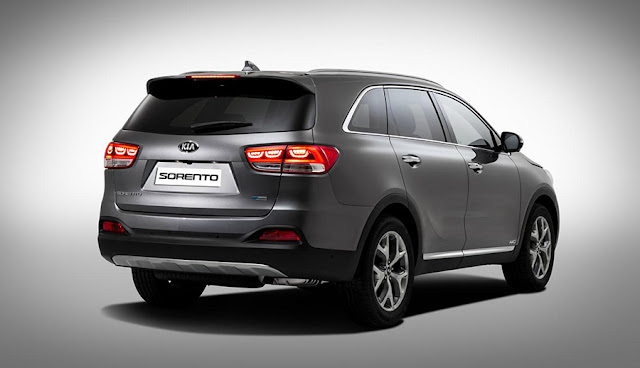Mazda 6 Car Auto Review
Mazda Mazda 6 X Auto
The car behind me is the latest version of the Mazda6, Mazda’s flagship family saloon car. There’s no denying it; Mazda certainly knows how to make one good-looking car, and with a subtle facelift for 2015, it’s now prettier than ever, thanks to its sleek design and handsome snout. But appearance isn’t everything, and the 6 sits in a notoriously tricky market segment, dominated by big names like the Ford Mondeo and Volkswagen Passat. So is it all good looks but no personality? Maybe not The car we’ve got here is the top-of-the-range Sport Nav trim, which comes kitted out from top to bottom with this really nice black leather upholstery. One thing I like in particular is just how simple it is; there are no buttons or gizmos to get tripped up on, just your air-con controls and the centre-mounted touchscreen.
Operated via this neat little rotary dial, it’s surprisingly easy to switch between functions on the fly and really intuitive to use. One little niggle, however, is that the built-in sat-nav doesn’t let you put in postcodes, which just sort of detracts a little from Mazda’s intended ethos of ease of use. There’s also this heads-up display, which pops up when the engine’s switched on. It’s a cool touch, but it would be nice if you could make it show something other than just speed. This model also comes with Mazda’s £800 Safety Pack included, which adds extra kit like adaptive LED headlights and an automatic emergency braking system to avoid low-speed crashes, while the car comes with a reversing camera and a BOSE surround-sound system. Clocking in at nearly five metres long and two wide, the Mazda6 is a lot of car. However, that translates into a lot of interior space, with plenty of head and legroom for even the gangliest passengers in the rear.
The boot is also pretty spacious, with rear seats that fold down easily with the pull of a handle, but loading bulky items might be a bit of a problem, given the relatively narrow boot opening. In this case, you’d be better off with the estate version. Out on the road is where the Mazda6 really excels, with an entertaining ride and grip for days, along with direct, precise steering and a short-throw gearbox. Although it’s not quite as sporty as the trim name would have you believe, it’s still bucket loads of fun, particularly once the 173bhp diesel engine gets up to speed. Quiet and refined, even at motorway speeds, it still benefits from a healthy dose of torque – specifically 420Nm of the stuff – which catapults the car out of corners and down straights. That said, it’s not perfect. This car comes with a gorgeous set of 19-inch alloy wheels, which look amazing but sacrifice a little ride quality. It’s nowhere near as bad as you’d expect though, but with smaller wheels it’s a lot more comfortable.
The main thing that really gets me, however, is the A-pillars. Sleek though they may look, they do get in the way of visibility quite considerably, particularly when pulling out of junctions, meaning you have to crane your neck a little bit to see what’s coming. Still, with a 0-62mph time of a pretty hasty 7.9 seconds, fuel consumption of up to nearly 63mpg and CO2 emissions of only 119g/km, the Mazda6 offers a really great driving experience for surprisingly low costs. Speaking of costs, not only does it undercut its main rival, the Ford Mondeo, by about £200, the Mazda6 also offers a lot more in terms of stand-out looks, low running costs and sheer entertainment value. Comfortable, high-quality and excellent on the road, it’s not perfect but it’s easily one of the finest family cars on the market, and definitely one that’ll appeal to drivers who are as conscious about driveability as they are about style and function. So what do you think of the Mazda6?











































